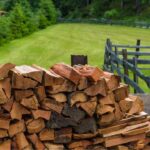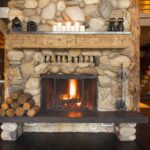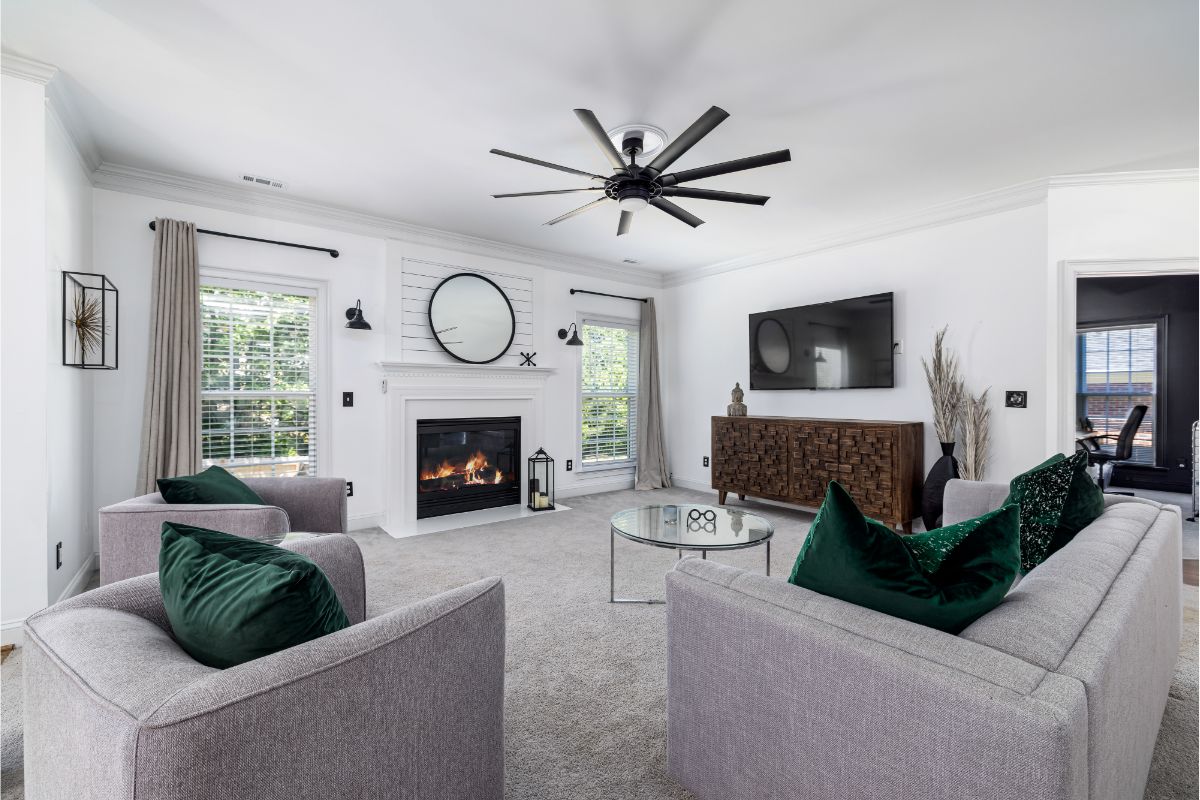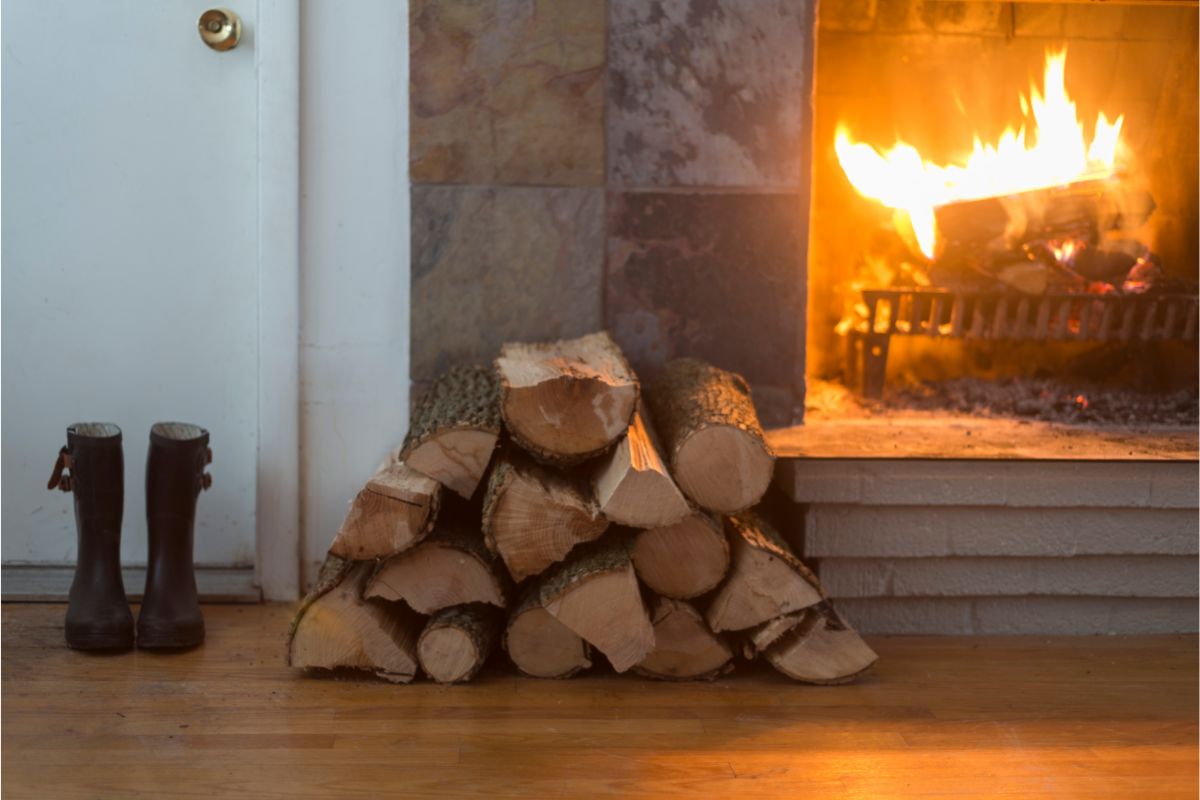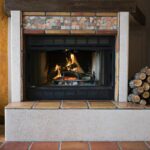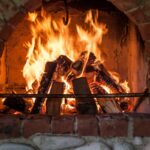The flue plays a vital role in ensuring that smoke and other byproducts of combustion exit your home safely.
Without a properly functioning flue, you risk exposing yourself and your family to harmful gases like carbon monoxide, as well as the possibility of a house fire.
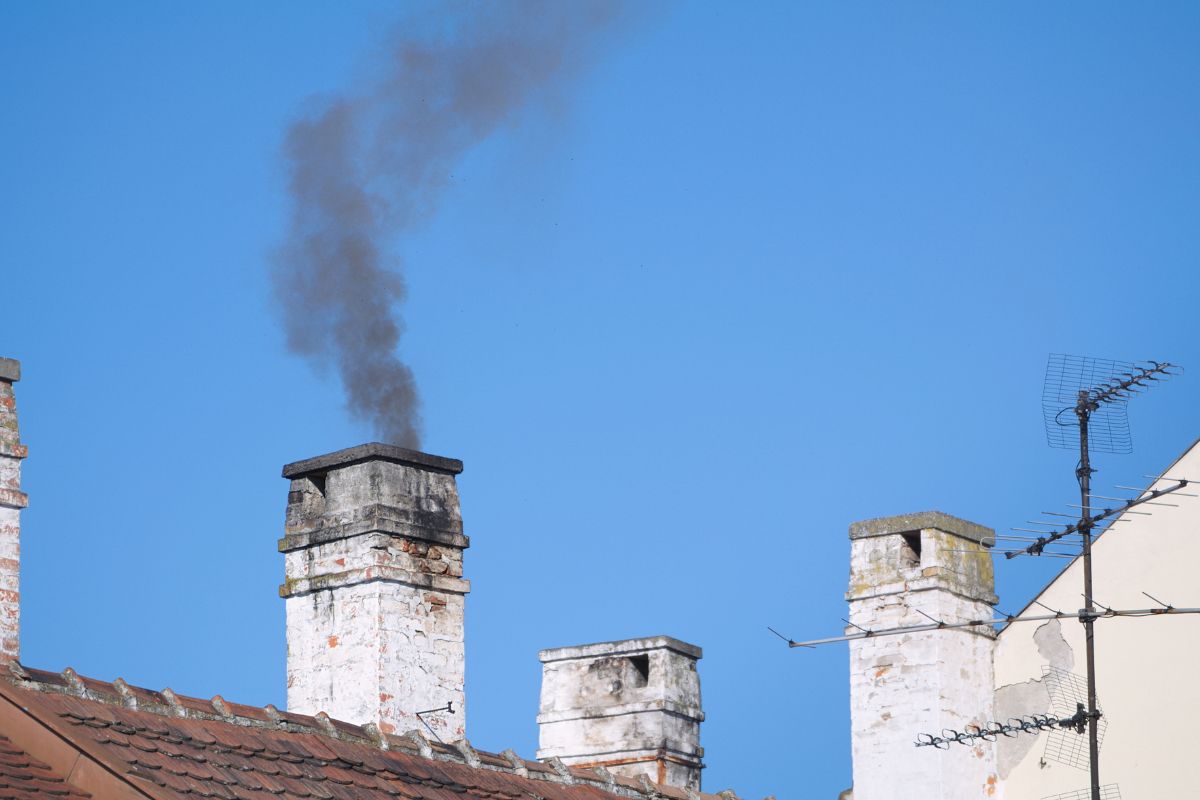
In this article, we’ll go over the steps to open a chimney flue, common problems you may encounter, and tips for maintaining your chimney flue.
Understanding Chimney Flue
Before we dive into how to open a chimney flue, let’s define what it is and how it works.
A chimney flue is a passageway that runs through the center of your chimney. Its primary purpose is to create a draft that draws smoke and other gases out of your home.
The flue also helps regulate the temperature of your fireplace or stove by controlling the amount of air that flows through it.
As for the varieties, there are two main types of chimney flues: masonry and metal. Masonry flues are built using bricks or blocks and are common in older homes.
Metal flues, on the other hand, are typically made of stainless steel and are more commonly found in newer homes.
Regardless of the type of flue you have, it’s crucial to ensure that it’s properly maintained to prevent dangerous situations from occurring.
Steps To Open A Chimney Flue
Now that you understand the importance of a chimney flue let’s go over the steps to open one. It’s important to note that before opening your flue, you should take the necessary safety precautions.
Make sure you have protective gear like gloves, goggles, and a mask to protect yourself from any debris that may fall from the chimney.
Identify Your Flue System
The first step in opening your chimney flue is to identify the type of flue system you have. If you have a masonry flue, you’ll typically have a damper that you can open and close manually.
If you have a metal flue, there may be a lever or switch that controls the damper.
Understanding The Damper
The damper is a small metal or ceramic plate that sits at the top of the flue. Its primary purpose is to regulate the amount of air that flows through the chimney.
If you have a masonry flue, you can typically find the damper lever located just above the firebox. If you have a metal flue, the damper may be controlled by a switch or lever on the stove or fireplace.
Preparing The Fireplace Or Stove
Before opening your chimney flue, you should make sure that your fireplace or stove is properly prepared. First, remove any debris or ash from the firebox.
Next, ensure that your damper is fully open to allow air to flow freely through the flue. You should also open any air vents on your stove or fireplace to allow for proper airflow.
Opening The Chimney Flue
To open the chimney flue, simply push or pull the damper lever or switch to the “open” position. If you have a masonry flue, you should be able to feel the damper open or close.
If you have a metal flue, the switch or lever should move to indicate that the damper is open.
Common Problems When Opening Chimney Flue
While opening your chimney flue may seem like a straightforward process, there are some common problems you may encounter. It’s essential to be aware of these issues to prevent dangerous situations from occurring.
Here are some of the most common problems you may face when opening your chimney flue:
Blockages In The Chimney
One of the most common issues with chimney flues is blockages. Blockages can occur due to debris like leaves or bird nests.
These blockages can prevent proper airflow and cause smoke to enter your home, which can be a health hazard.
Additionally, blockages can increase the risk of a chimney fire. If you suspect that your chimney flue is blocked, it’s essential to have it inspected by a professional.
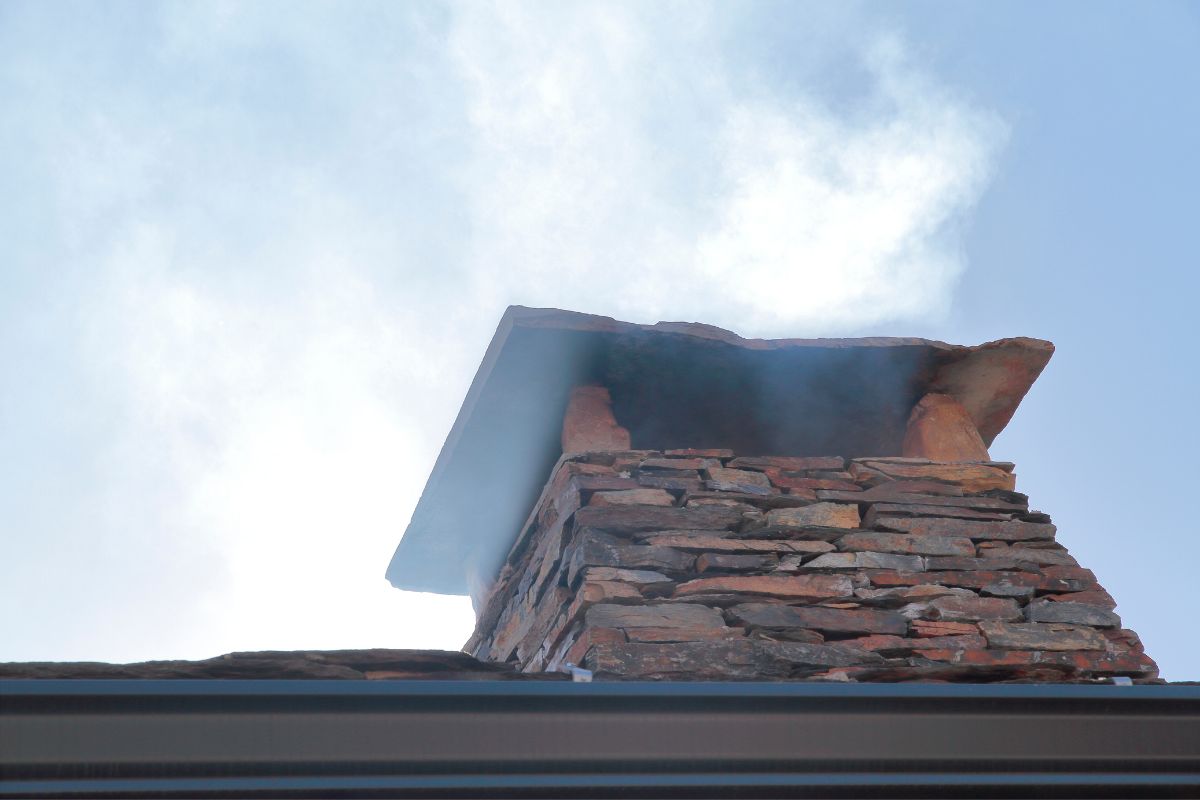
Creosote Buildup
Another common problem with chimney flues is creosote buildup. Creosote is a tar-like substance that can build up on the inside of the chimney over time.
Creosote is highly flammable and can increase the risk of a chimney fire. To prevent creosote buildup, it’s essential to have your chimney flue inspected and cleaned regularly.
Dampers Malfunction
The damper is a crucial component of your chimney flue that regulates the airflow. If the damper is not functioning correctly, it can prevent your chimney flue from opening properly.
Damper malfunction can occur due to rust or damage, and it’s essential to have it inspected by a professional if you suspect an issue.
Tips For Maintaining Your Chimney Flue
Maintaining your chimney flue is crucial to prevent common problems and ensure your safety. Here are some tips for maintaining your chimney flue:
- Regular Inspections and Cleanings: Regular inspections and cleanings can help identify and address any issues before they become more significant problems.
- Proper Use: Ensure that you’re using your fireplace or stove correctly, as improper use can lead to issues with your chimney flue.
- Hire a Professional: Hiring a professional chimney sweep can help ensure that your chimney flue is in good working condition. They can identify any problems and perform necessary repairs or cleanings to ensure your safety.
The Bottom Line
Understanding how to open your chimney flue is a crucial aspect of maintaining your fireplace or wood-burning stove, and we hope that you now know exactly which steps you need to take to do it.
And when it comes to maintaining your chimney flue, remember to take safety precautions and seek professional help if you’re unsure about any aspect of the process.
With proper maintenance and care, you can enjoy the warmth and comfort of your fireplace or stove without any worries. So, stay safe, stay cozy, and enjoy the ambiance of your well-maintained chimney flue!
- How To Open Chimney Flue - July 20, 2023
- Do Electric Fireplaces Use A Lot Of Electricity? - July 20, 2023
- How To Keep A Fire Going - July 20, 2023

